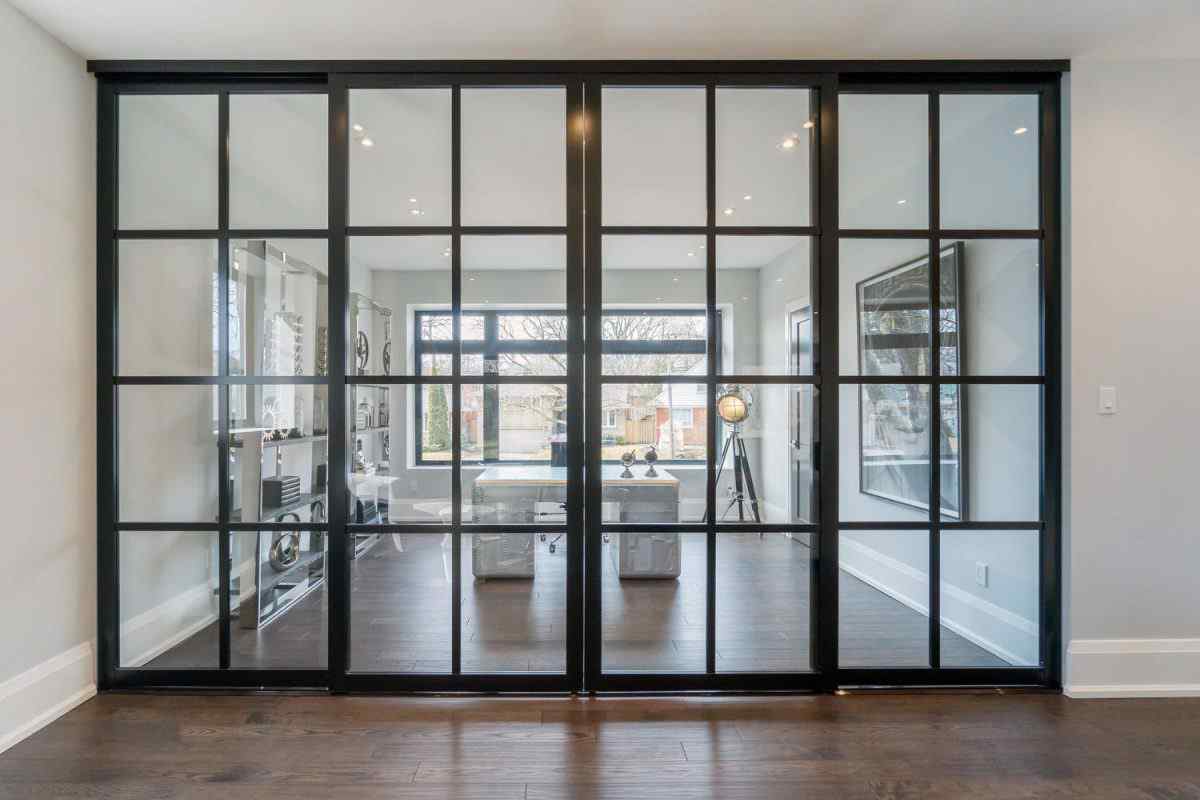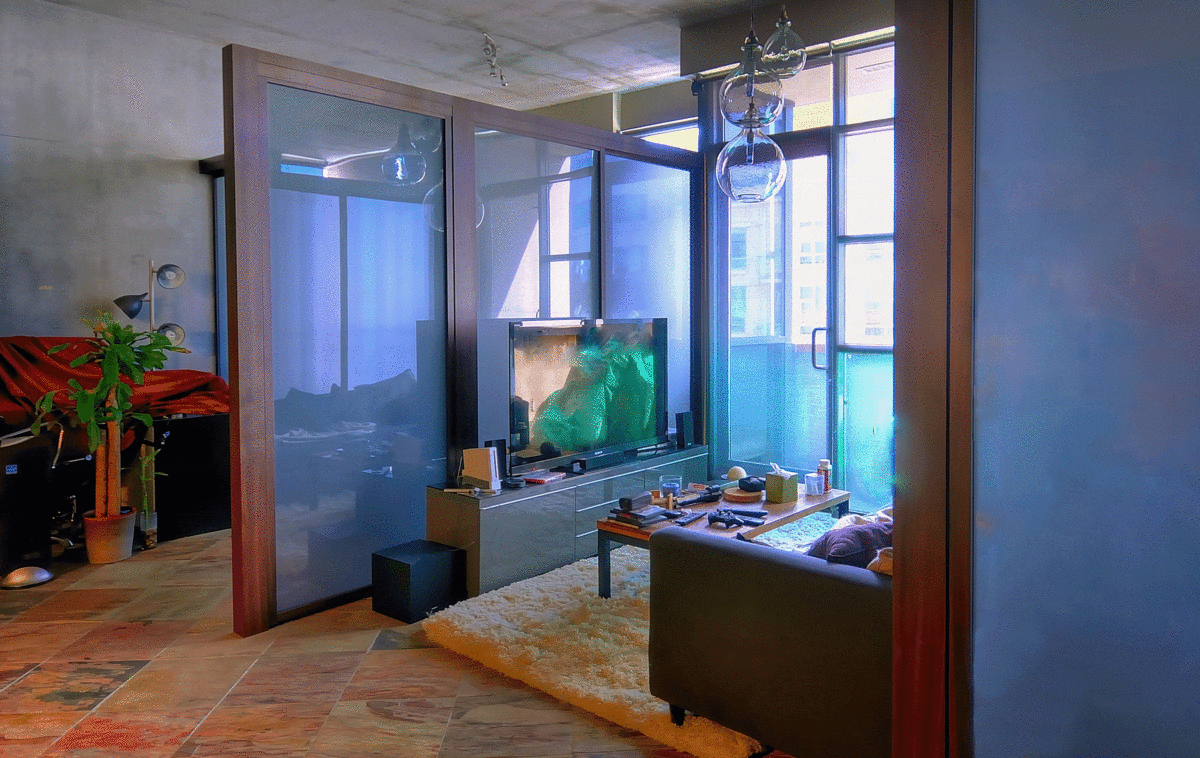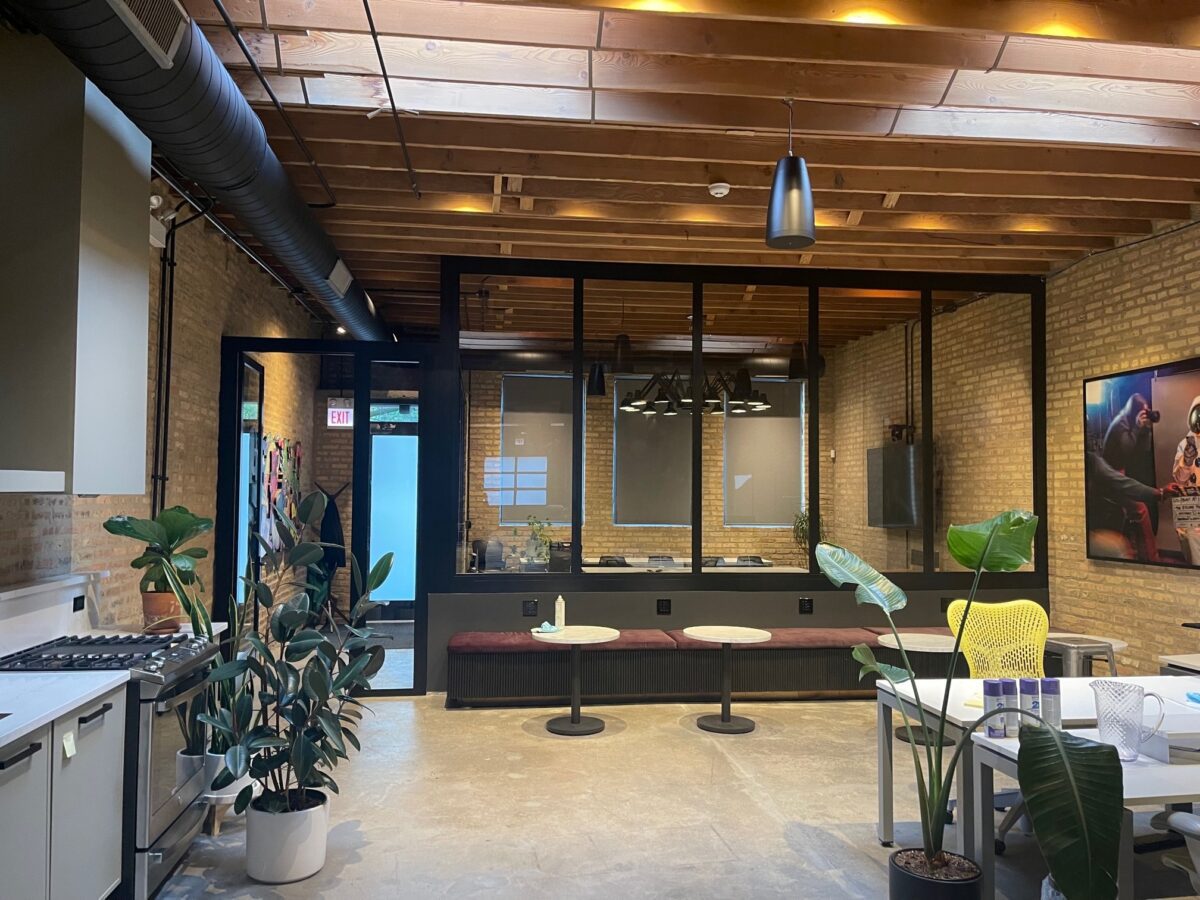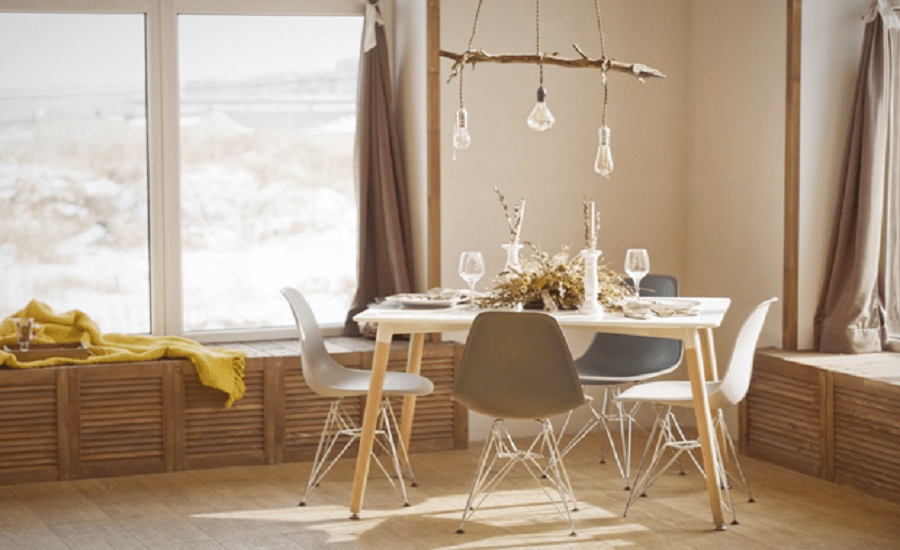As we enter into the last quarter of 2020, it feels like we’ve hit a few benchmarks however abstract or concrete they may be. Starting this year out with unprecedented climate protests around the world, it became evident that there is no time left to wait. Climate change is an all-consuming, rapidly affecting issue that we must take action against. As many have found, the transition to a more sustainable lifestyle is not a difficult one. A personal evolution of purchasing behavior and daily consciousness is all it really takes to effect positive change.
So as an interior designer in America, how can you meet the modern demand for more sustainable home goods and decor when curating a client’s home? How can you source eco-friendly products and materials, and incorporate designers that craft sustainably? Research helps. Word of mouth is also great. But research can only take you so far when you know what you’re looking for. That’s why we’ve put together a list of things to look for when researching, sourcing, and communicating about environmentally intelligent home goods and decor. Below, we’ll go over the basics, from Material Sourcing to Relationships with Local Artisans, Relative Cost, and more.
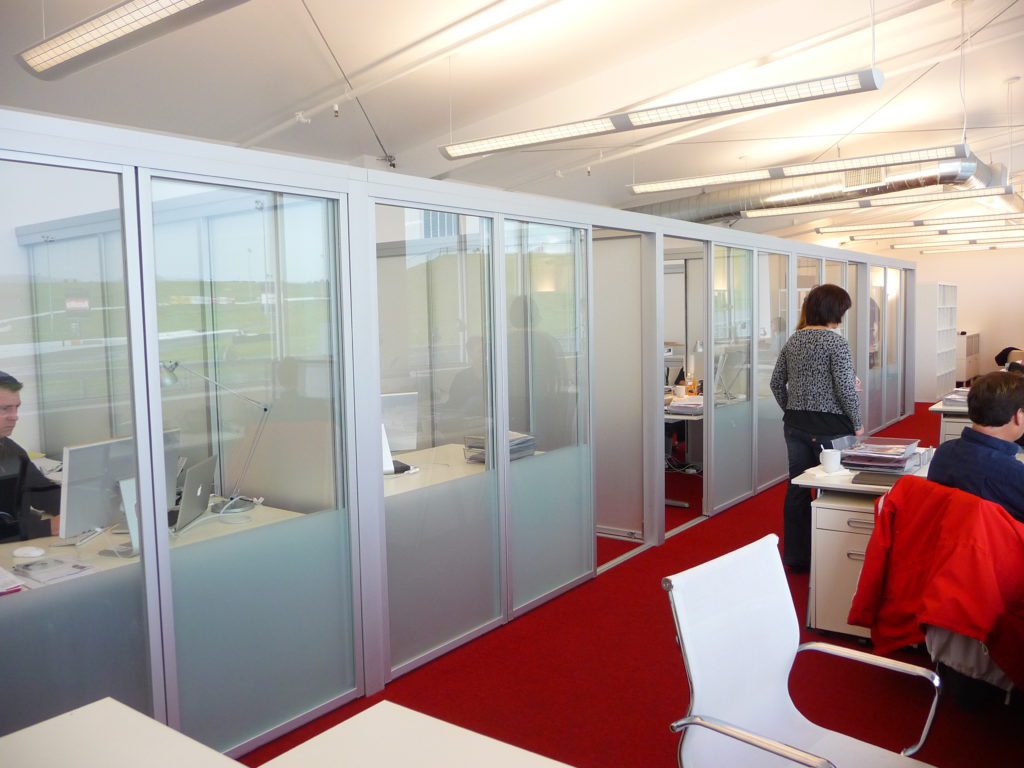

Material Sourcing
As a designer, you know that one of the main tasks of your profession is material sourcing. Your insider abilities are essentially your bread and butter. Within a whole world of textiles, materials, furnishings, and art, it’s up to you to make the best sourcing decisions and think for your client’s needs, tastes, and their best interests. More than just knowing where to source your goods from, you must know about the goods themselves. Distinguishing factors such as thread count, bamboo versus cotton, real wood versus synthetic wood, chemical-free or cost-effective? These are everyday considerations you make while material sourcing. Now, with a sustainable lens placed over your work, you have a whole extra set of considerations, worries, and awareness guiding your search. Here is what to look for:
Textiles
When sourcing textiles, try to stay away from plastic-based “synthetic” fibers. Oftentimes, department stores such as Target or Walmart will carry pillows or blankets made with synthetic fibers that are heavily processed and will literally off-gas chemicals into your home and into your body.
“Toxicity is the degree to which a substance can damage an organism. Whenever we go shopping for our clothes, we don’t know how toxic and harmful that piece of fabric could be for our health. Neither do we think of its origin nor its manufacturing process and the toxic load on our body and on the environment… because of many properties like wrinkle resistance, easy to wash, easy to store but most of them are manufactured with tons of chemicals. These are highly toxic and are increasing the negative effects on our health. These synthetic fabrics also pose a serious threat to ecological balance.” -Sunita Bhalla, Department of Fashion Designing, PCM S.D. College for Women, India
The same is true for furnishing textiles. Synthetic fabrics are used widely in drapes, pillow covers, throw blankets, tablecloths, rugs, and more. Harmful to our physical and mental health, as well as the environment, these chemical textiles are quickly being replaced by safer options. Returning to the basics of material sourcing, choose from natural fibers like wool, cotton, jute, and silk, we can safeguard ourselves against chemical toxification, allergic reactions, and environmental damage.
Processing
Material processing is perhaps the largest contributing factor to water waste in the textile industry. Heavily processed synthetic materials, and even some natural fibers like cotton, require millions of gallons of freshwater each day in order to process these fabrics. Fast growth alternatives like bamboo or hemp not only solve a resource issue, but they also require up to 10x less water during processing.
Lifetime/durability
Most of our cotton or synthetic fabrics don’t last as long as we would hope. Especially in the interior design industry, this is a crucial factor when sourcing materials and furnishings that get high use, or are exposed to harsh weather. Most outdoor furniture today is made with a lot of plastic and synthetic coverings that claim to be water-resistant and durable. Yet these end up lasting only a season or two before the wear starts to show. Hemp and Bamboo are two of the strongest fibers available, while also being regenerative, sustainable, and cost-effective!
Sourcing larger interior goods like sliding doors from American-assembled companies like The Sliding Door Company oftentimes means enhanced durability and longevity. With 17 showrooms scattered all throughout every major U.S. city, it’s no far trek to source your client’s glass wall partitions and sliding room dividers from inside the country. These spatial solutions are beautifully crafted and built to last, while also providing easy-to-install solutions that require no major construction! A win-win for you, your clients, and the planet.
Where Are You Sourcing From?
One of the newest considerations is the location of your wholesaler. Are they local to your area or your client’s area? Supporting local makers and artists is a fast-growing trend that won’t slow anytime soon. By buying local and sourcing your interior art and furnishings, construction materials, and spatial dividers from companies, brands, and individuals in your city, you sustain smaller businesses and don’t require environmentally harmful shipping and handling from outside the U.S.
Check out The Sliding Door Company online today for an assortment of sliding barn doors, accessories, and other customizable options to suit your design needs.
TSDC 1027 – A

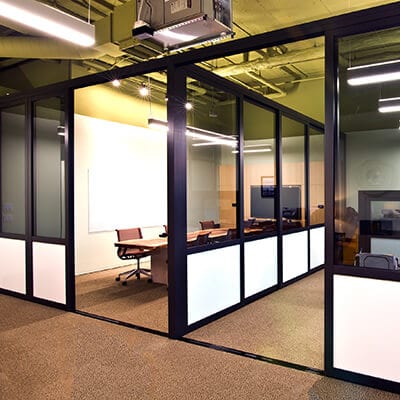
 PARTITION WALLS
PARTITION WALLS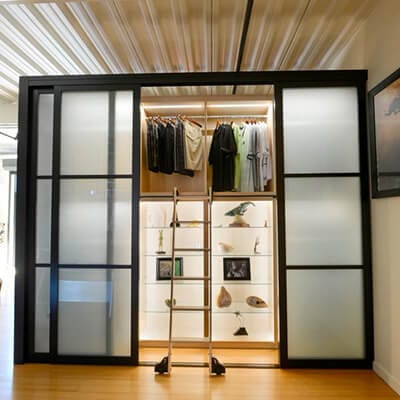 CLOSET DOORS
CLOSET DOORS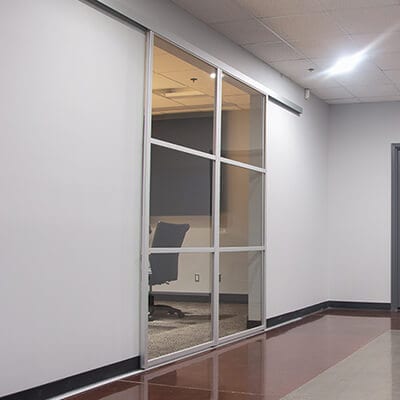 WALL SLIDE DOORS
WALL SLIDE DOORS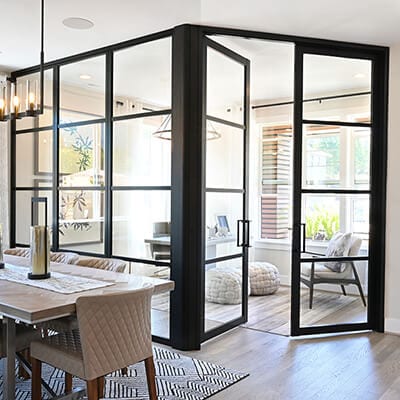 SWING DOORS
SWING DOORS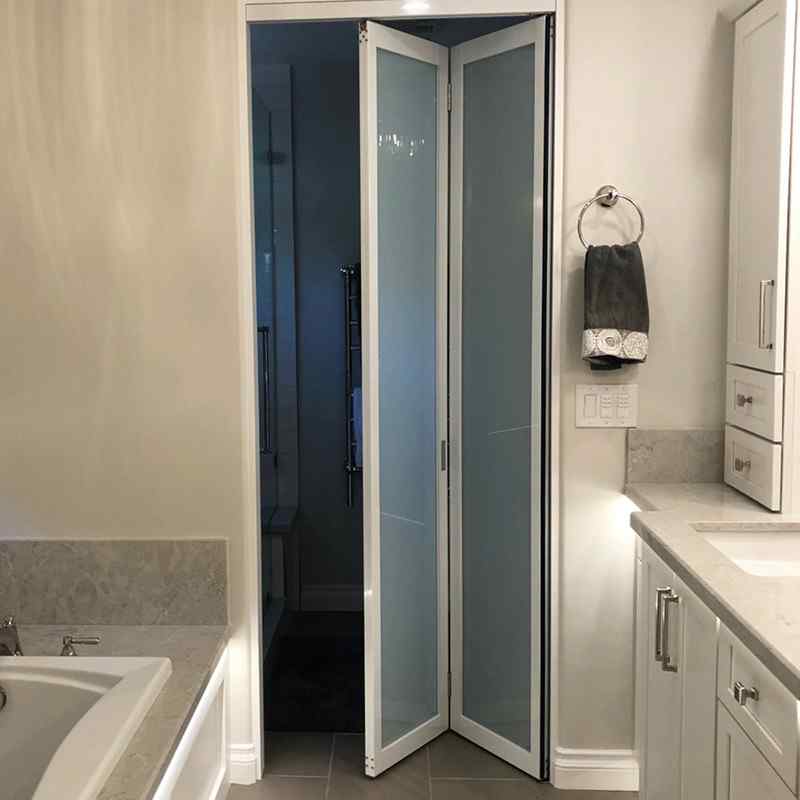 BI-FOLD DOORS
BI-FOLD DOORS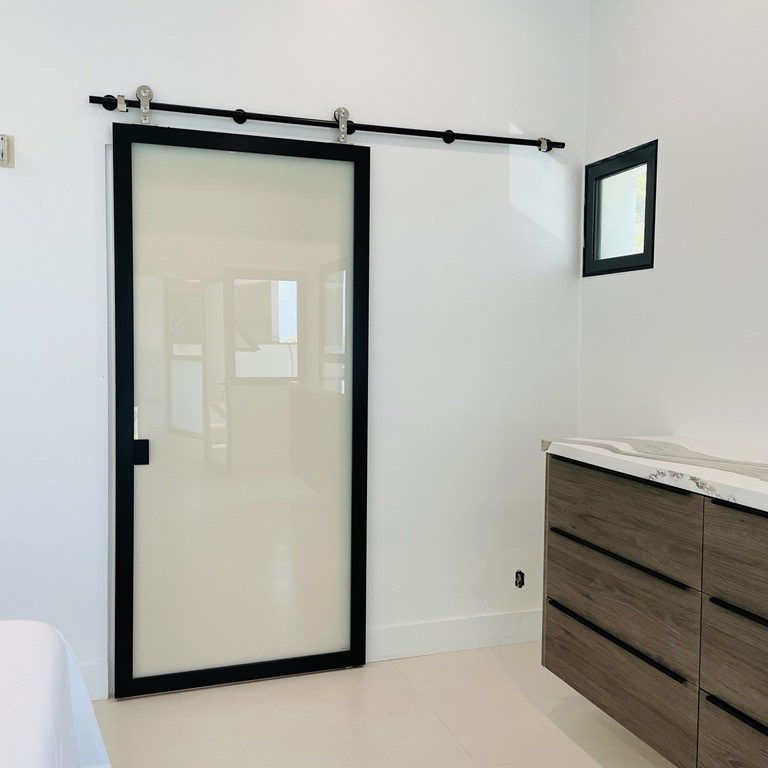 BARN DOORS
BARN DOORS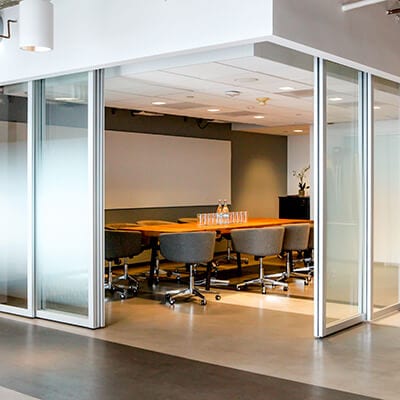 SUSPENDED DOORS
SUSPENDED DOORS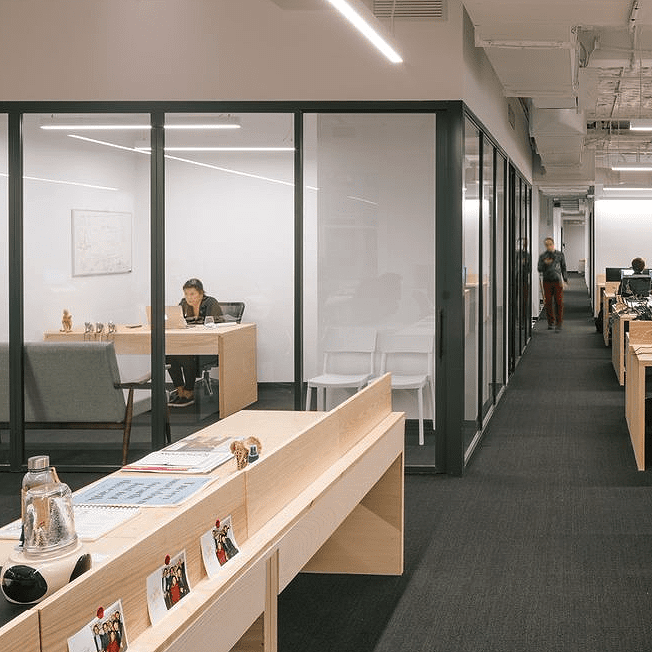
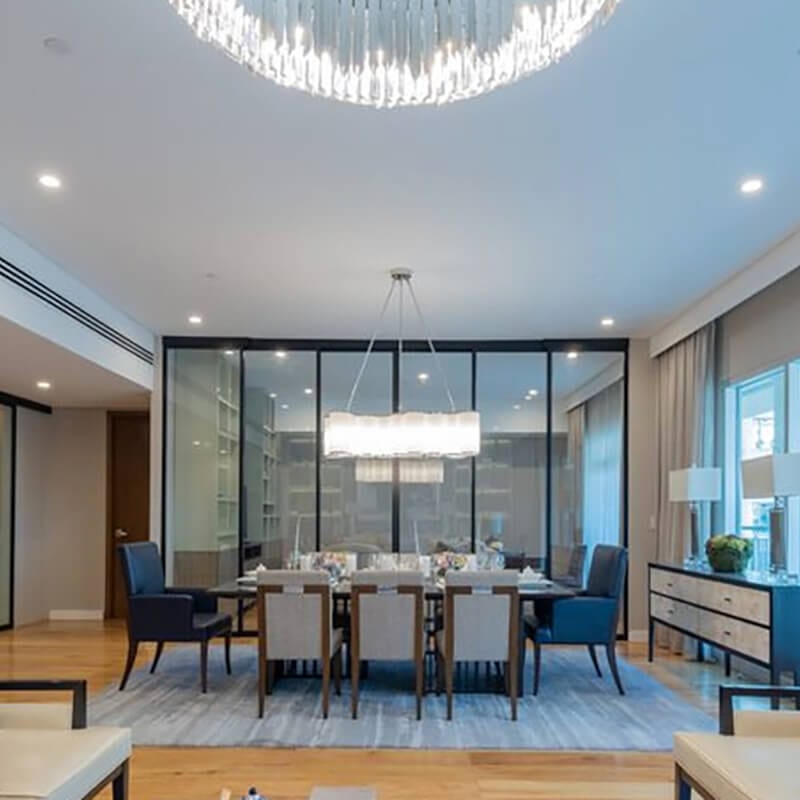 HOSPITALITY
HOSPITALITY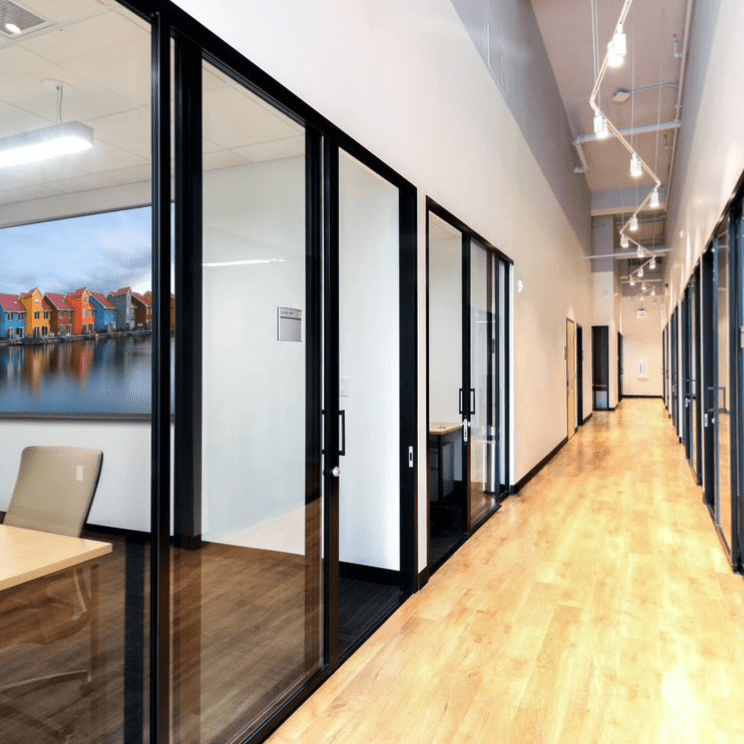 CO-WORKING
CO-WORKING HEALTHCARE
HEALTHCARE BRICK & MORTAR
BRICK & MORTAR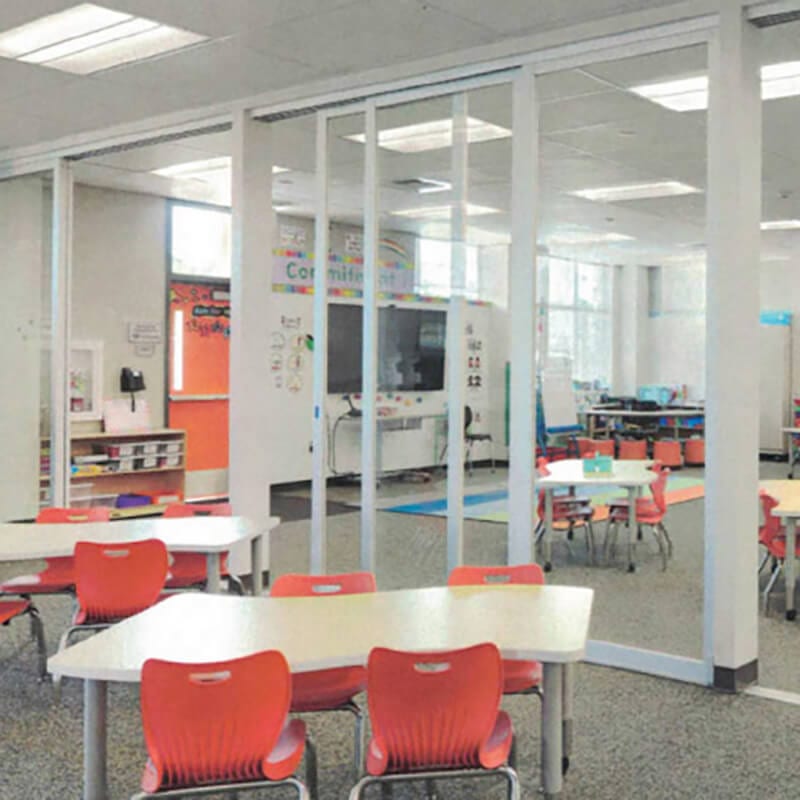 EDUCATION
EDUCATION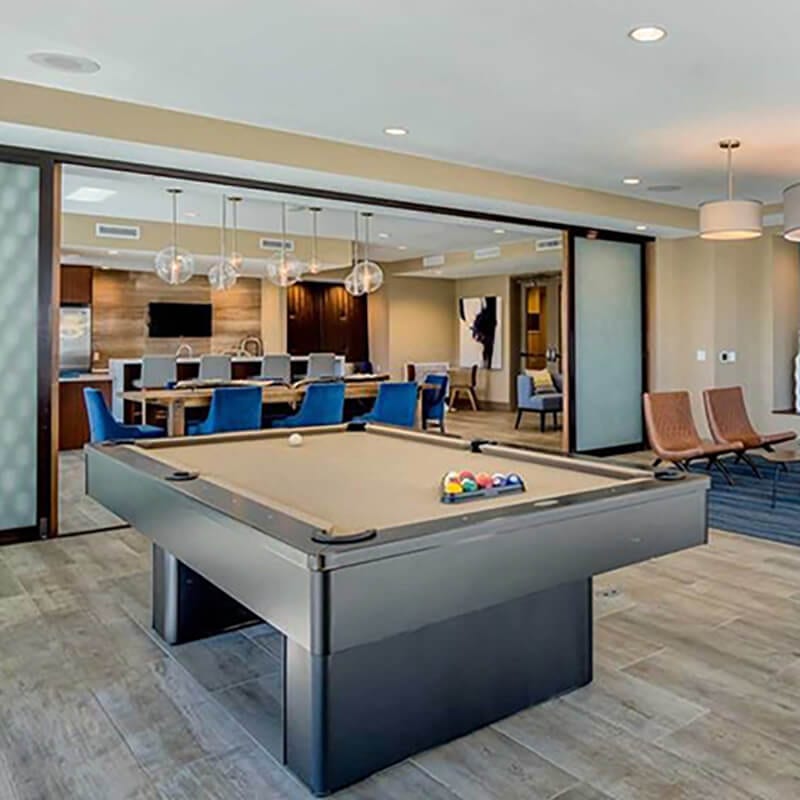 MULTI-FAMILY
MULTI-FAMILY BECOME A TRADE PARTNER
BECOME A TRADE PARTNER
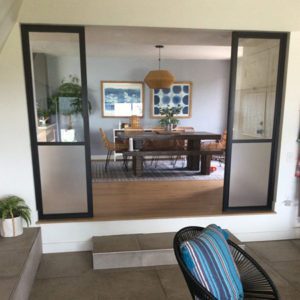 PARTITION WALLS
PARTITION WALLS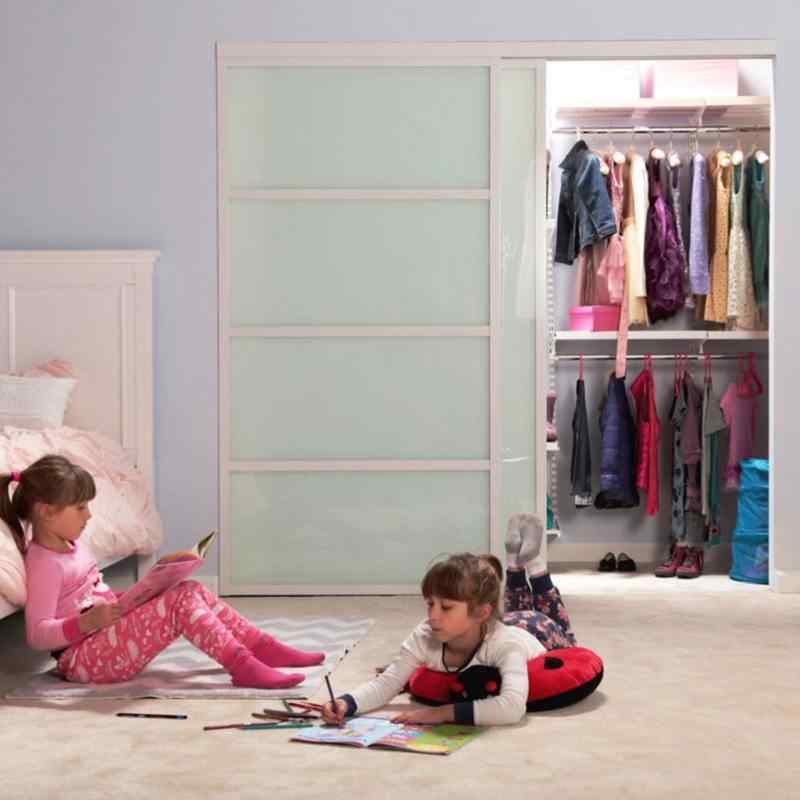 CLOSET DOORS
CLOSET DOORS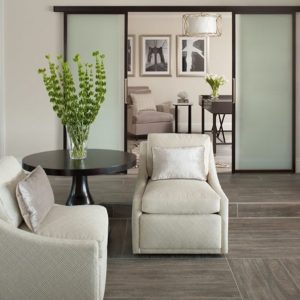 WALL SLIDE DOORS
WALL SLIDE DOORS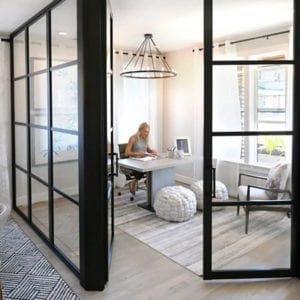 SWING DOORS
SWING DOORS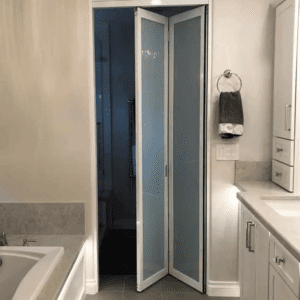 BI-FOLD DOORS
BI-FOLD DOORS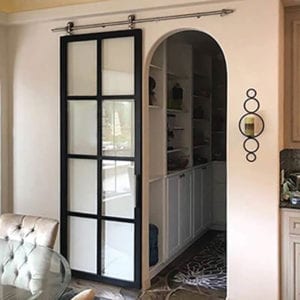 BARN DOORS
BARN DOORS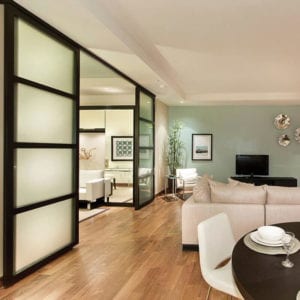 SUSPENDED DOORS
SUSPENDED DOORS



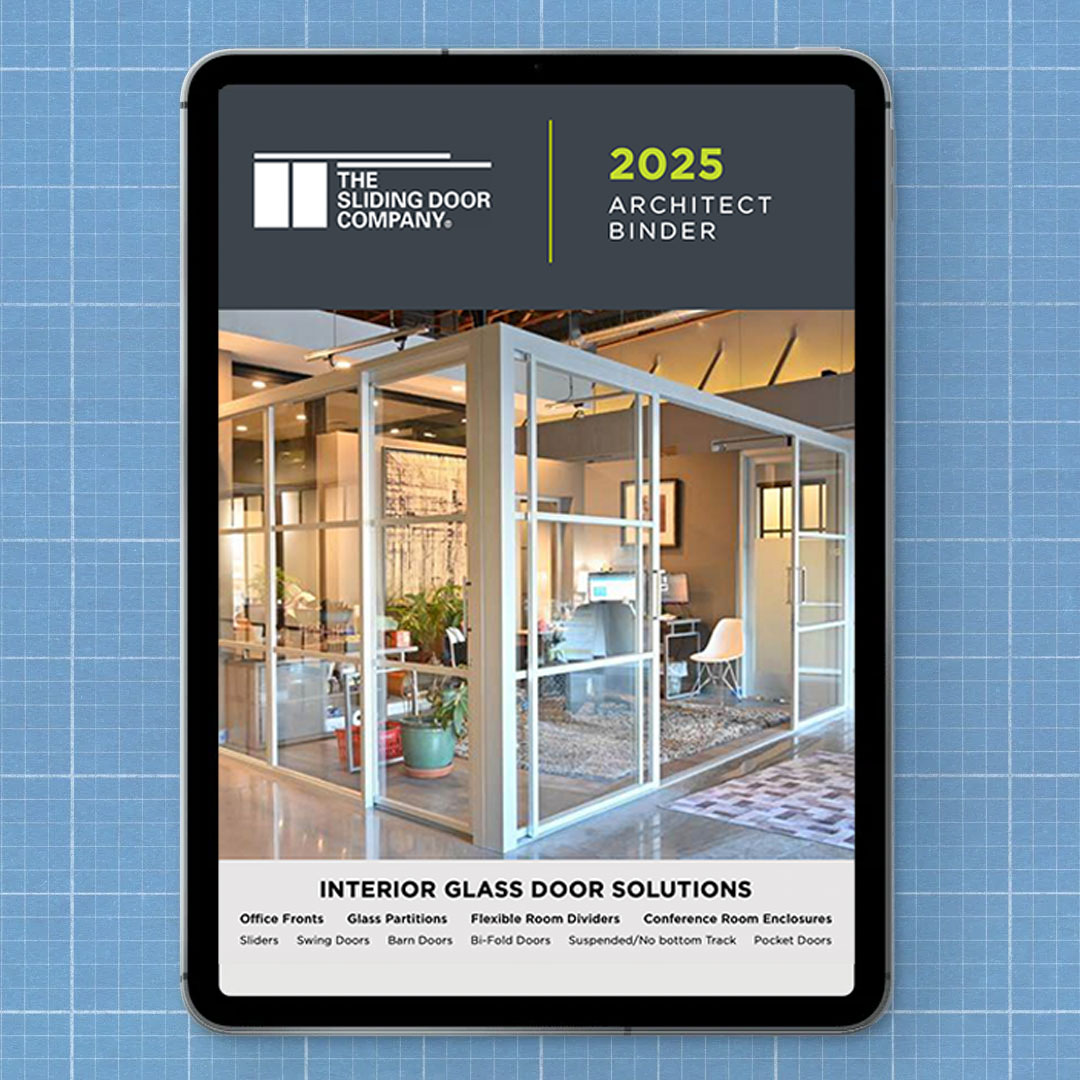
 10 REASONS
10 REASONS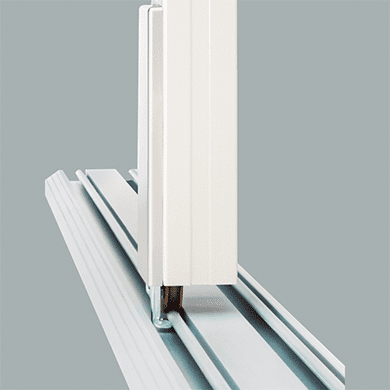 OUR PATENTS
OUR PATENTS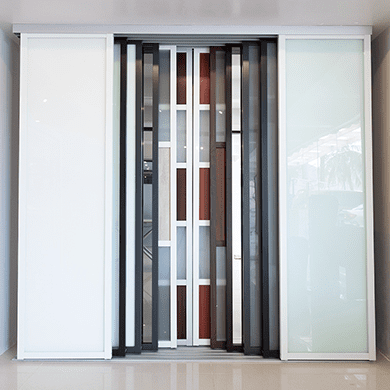 OUR PROCESS
OUR PROCESS OUR WARRANTY
OUR WARRANTY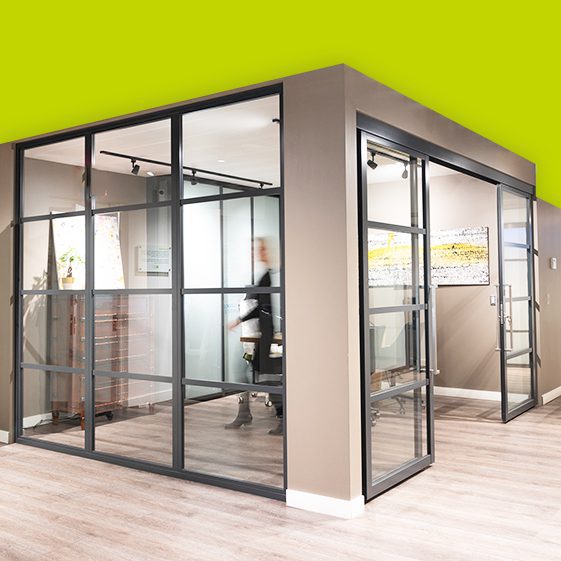 WHO WE ARE
WHO WE ARE CAREERS
CAREERS
